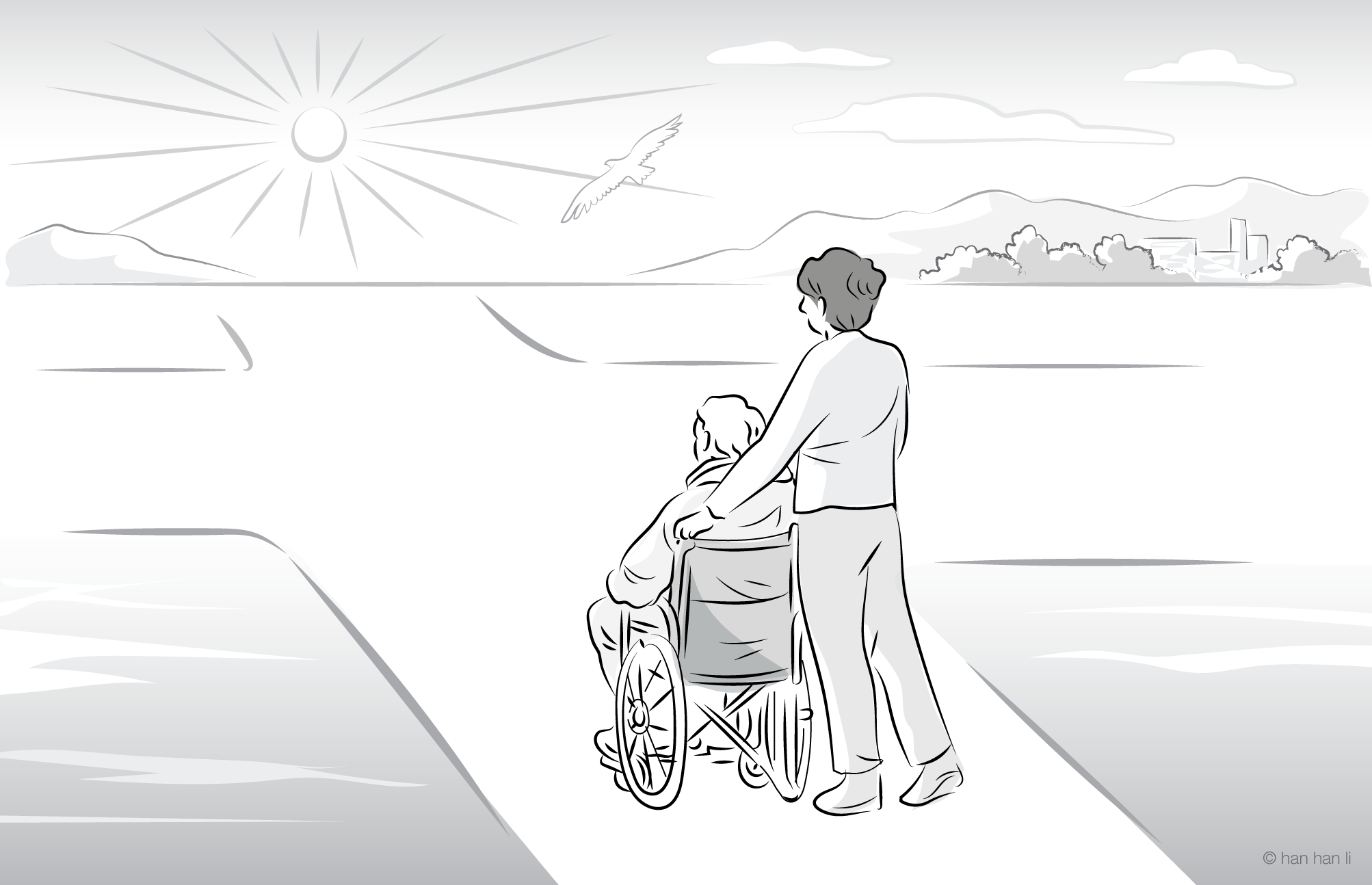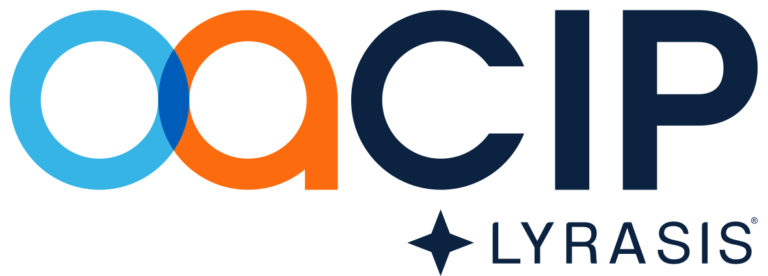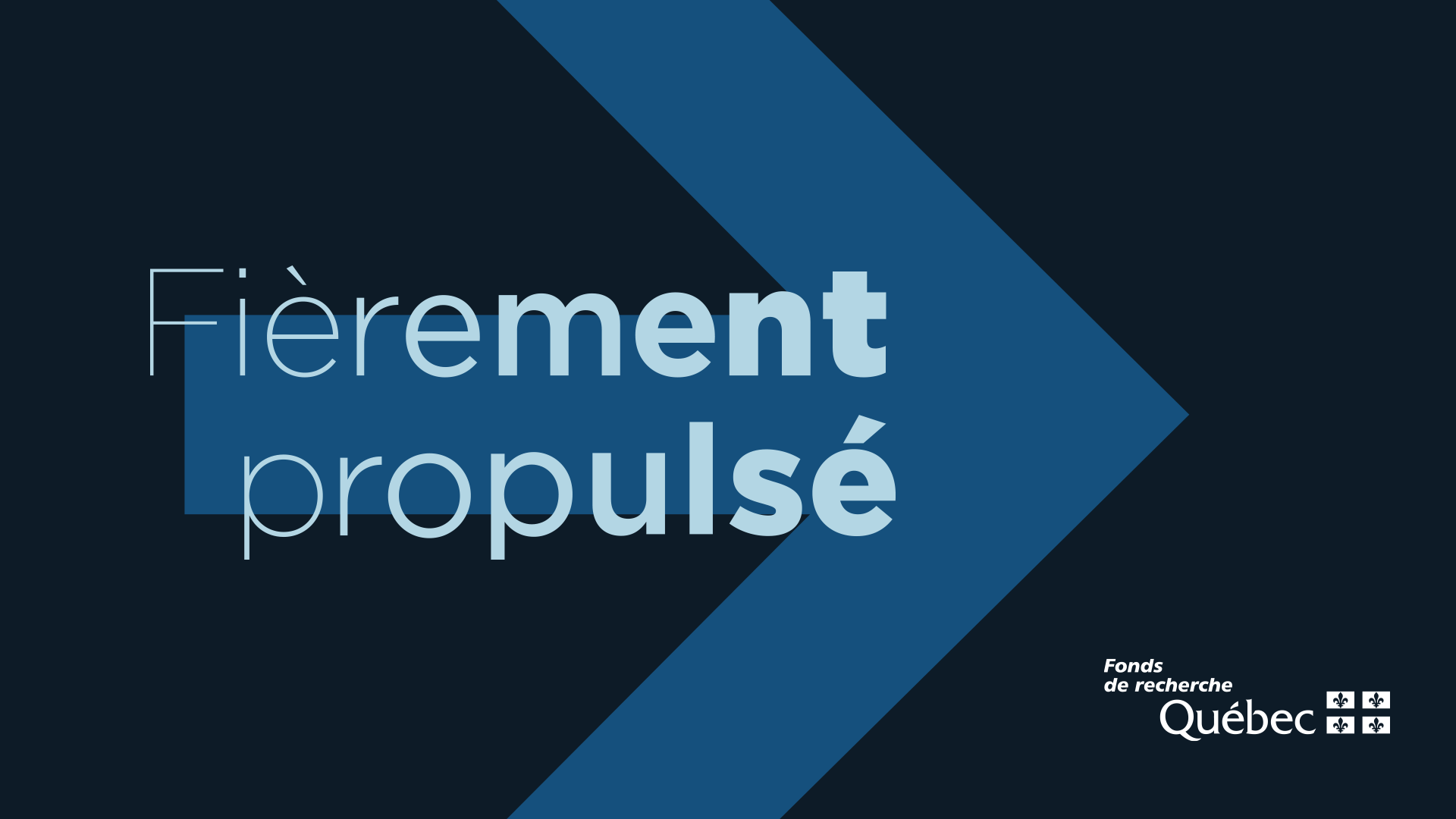Undoing Suicidism: A Trans, Queer, Crip Approach to Rethinking (Assisted) Suicide by Alexandre Baril
DOI:
https://doi.org/10.7202/1118911arKeywords:
suicide, assisted suicide, suicidism, trans/queer studies, interdisciplinary studies, legal reformLanguage(s):
EnglishAbstract
Suicide prevention initiatives and strategies commonly focus on a curative and rehabilitative approach, which often causes harm to the suicidal subject and negates their lived experience and feelings. In Undoing Suicidism: A Trans, Queer, Crip Approach to Rethinking (Assisted) Suicide, Alexandre Baril challenges dominant attitudes towards suicide, discusses suicidism as a form of oppression that silences the suicidal subject and delegitimizes their suffering, and proposes an affirmative interpersonal and legal approach through the lens of trans, queer, and disability studies.
References
1. Koslow SH, Ruiz P, Nemeroff CB, editors. A Concise Guide to Understanding Suicide. Cambridge: Cambridge University Press; 2014.
2. Baril A. Undoing Suicidism: A Trans, Queer, Crip Approach to Rethinking (Assisted) Suicide. Philadelphia: Temple University Press; 2023.
3. Baril A. Suicidism: a new theoretical framework to conceptualize suicide from an anti-oppressive perspective. Disability Studies Quarterly. 2020;40(3).
4. Jaworski K. Suicide, agency and the limits of power. In: Broz L, Münster D, editors. Suicide and Agency, Anthropological Perspectives on Self-Destruction, Personhood, and Powers. Routledge; 2015. p.183-201.
5. Kulp M, Korteling N, McKay K, editors. Searching for Words: How Can We Tell Our Stories of Suicide. Inter-Disciplinary Press; 2013.
6. Benson O, Gibson S, Brand SL. The experience of agency in the feeling of being suicidal. Journal of Consciousness Studies. 2013;20(7-8):56-79.
Published
How to Cite
Issue
Section
License
Copyright (c) 2025 Katharine Morrill

This work is licensed under a Creative Commons Attribution 4.0 International License.
The Canadian Journal of Bioethics applies the Creative Commons Attribution 4.0 International License to all its publications. Authors therefore retain copyright of their publication, e.g., they can reuse their publication, link to it on their home page or institutional website, deposit a PDF in a public repository. However, the authors allow anyone to download, reuse, reprint, distribute, and/or copy their publication, so long as the original authors and source are cited.

















_smaller.png)

